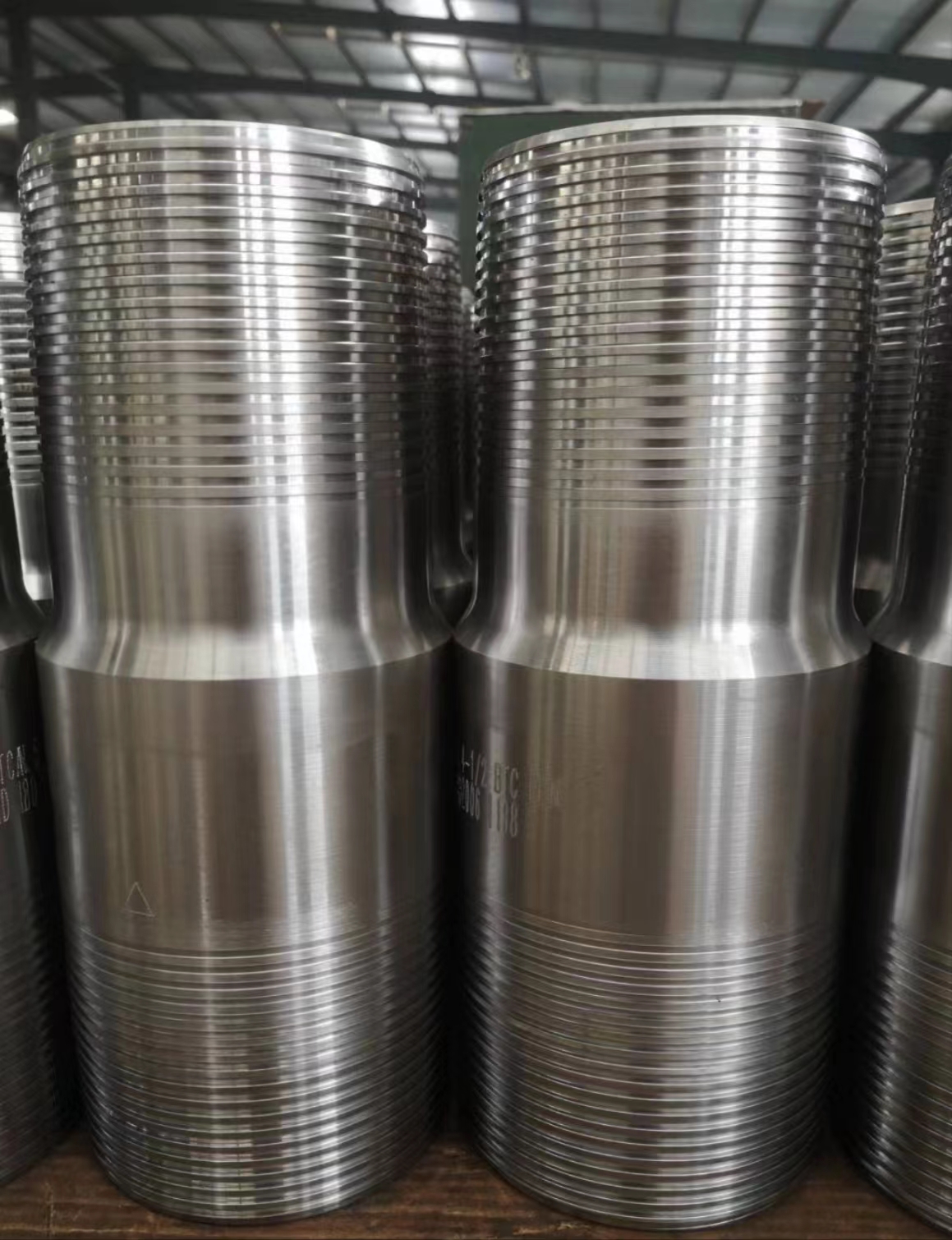- Afrikaans
- Albanian
- Amharic
- Arabic
- Armenian
- Azerbaijani
- Basque
- Belarusian
- Bengali
- Bosnian
- Bulgarian
- Catalan
- Cebuano
- Corsican
- Croatian
- Czech
- Danish
- Dutch
- English
- Esperanto
- Estonian
- Finnish
- French
- Frisian
- Galician
- Georgian
- German
- Greek
- Gujarati
- Haitian Creole
- hausa
- hawaiian
- Hebrew
- Hindi
- Miao
- Hungarian
- Icelandic
- igbo
- Indonesian
- irish
- Italian
- Japanese
- Javanese
- Kannada
- kazakh
- Khmer
- Rwandese
- Korean
- Kurdish
- Kyrgyz
- Lao
- Latin
- Latvian
- Lithuanian
- Luxembourgish
- Macedonian
- Malgashi
- Malay
- Malayalam
- Maltese
- Maori
- Marathi
- Mongolian
- Myanmar
- Nepali
- Norwegian
- Norwegian
- Occitan
- Pashto
- Persian
- Polish
- Portuguese
- Punjabi
- Romanian
- Russian
- Samoan
- Scottish Gaelic
- Serbian
- Sesotho
- Shona
- Sindhi
- Sinhala
- Slovak
- Slovenian
- Somali
- Spanish
- Sundanese
- Swahili
- Swedish
- Tagalog
- Tajik
- Tamil
- Tatar
- Telugu
- Thai
- Turkish
- Turkmen
- Ukrainian
- Urdu
- Uighur
- Uzbek
- Vietnamese
- Welsh
- Bantu
- Yiddish
- Yoruba
- Zulu
Durable Stainless Steel Pipe Couplings for Reliable and Leak-Free Connections in Various Applications
Understanding Stainless Steel Pipe Couplings
Stainless steel pipe couplings are integral components in various plumbing and construction applications, providing a reliable connection between two segments of pipe. These fittings are designed to secure pipes together, allowing for the seamless transfer of liquids or gases while maintaining the structural integrity and durability that stainless steel is known for. This article explores the features, benefits, and applications of stainless steel pipe couplings.
What is a Stainless Steel Pipe Coupling?
A stainless steel pipe coupling is a short piece of pipe with internal threads on both ends. It is used to connect two external threaded pipes, allowing them to be joined into a single assembly securely. Stainless steel, due to its unique composition, offers excellent resistance to corrosion, heat, and stain—making it an ideal material for pipe couplings in both indoor and outdoor settings.
Types of Stainless Steel Pipe Couplings
There are several types of stainless steel pipe couplings, each serving specific applications
1. Threaded Couplings These are designed for connecting pipes that have male threads. They provide a strong, leak-proof connection and are commonly used in plumbing and HVAC systems.
2. Welded Couplings Welded couplings are used where a permanent connection is necessary. They are often used in high-pressure applications where a leak-free joint is critical.
3. Flanged Couplings These couplings feature flanges on either end, allowing for bolted connections to other flanged components. This type is commonly used in large piping systems where ease of maintenance is required.
4. Compression Couplings These couplings employ a compression mechanism to connect pipes without requiring threading. They are especially useful for joining different materials or when working in tight spaces.
Advantages of Stainless Steel Pipe Couplings
Stainless steel pipe couplings offer numerous advantages
- Corrosion Resistance Stainless steel couplings are resistant to rust and corrosion, making them ideal for environments where exposure to moisture or chemicals is a concern.
stainless pipe coupling

- Durability These couplings can withstand high levels of stress and pressure, ensuring they maintain their integrity over time.
- Temperature Resistance Stainless steel can tolerate extreme temperature variations, making it suitable for both hot and cold applications.
- Low Maintenance The inherent properties of stainless steel reduce the need for frequent maintenance, providing cost savings over time
.- Versatility Stainless steel pipe couplings are compatible with various types of pipes, including PVC, copper, and other metal materials, allowing for versatile applications in different industries.
Applications of Stainless Steel Pipe Couplings
Stainless steel pipe couplings are utilized across various sectors
- Construction In building construction, these couplings are employed to connect plumbing and HVAC systems, ensuring services run efficiently.
- Industrial In manufacturing processes, these couplings facilitate fluid transfer and gas distribution, essential for operational efficiency.
- Marine The marine industry benefits from stainless steel couplings due to their resistance to saltwater corrosion, making them ideal for shipbuilding and offshore applications.
- Food and Beverage The food industry uses stainless steel couplings because they do not leach harmful chemicals, ensuring safe transport of consumable products.
- Oil and Gas In the oil and gas sector, couplings are critical for pipeline connections that transport crude oil and natural gas.
Conclusion
Stainless steel pipe couplings are vital components that contribute to the reliability, safety, and efficiency of various piping systems. Their resistance to corrosion, durability, and versatility make them indispensable in multiple applications, from plumbing to industrial uses. Whether in construction or the marine industry, investing in high-quality stainless steel couplings ensures long-lasting and efficient connections that meet the demands of modern infrastructure.
-
Tubing Pup Joints: Essential Components for Oil and Gas OperationsNewsJul.10,2025
-
Pup Joints: Essential Components for Reliable Drilling OperationsNewsJul.10,2025
-
Pipe Couplings: Connecting Your World EfficientlyNewsJul.10,2025
-
Mastering Oilfield Operations with Quality Tubing and CasingNewsJul.10,2025
-
High-Quality Casing Couplings for Every NeedNewsJul.10,2025
-
Boost Your Drilling Efficiency with Premium Crossover Tools & Seating NipplesNewsJul.10,2025







